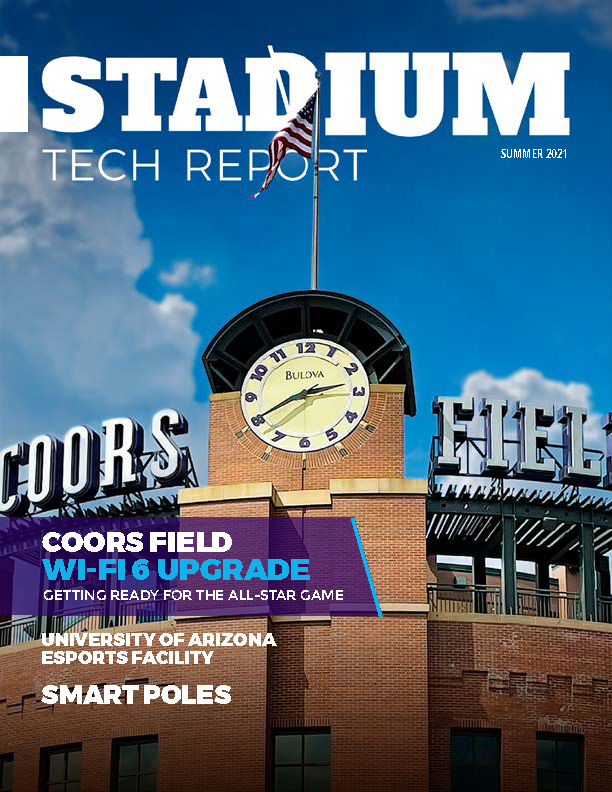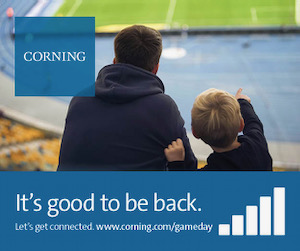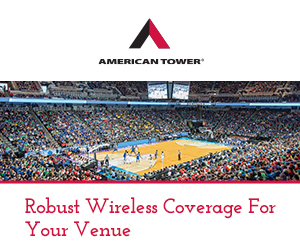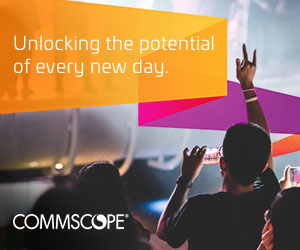
Gillette Stadium before the Sept. 18 game vs. the Miami Dolphins. Credit: Steve Milne, AP, via Patriots.com
Fred Kirsch, who goes by the curious title of publisher & vice president of content at Kraft Sports Productions, is well known in stadium tech circles as the overseer of all things technology for the New England Patriots operation. In a recent phone interview, Kirsch said “the timing was right” for a Wi-Fi upgrade at Gillette, a venue that has had fan-facing Wi-Fi since 2012. The team’s first full-stadium network was installed by Enterasys Networks, which was later acquired by Extreme; prior to that, Gillette Stadium had Wi-Fi for luxury suites and clubs provided by gear from Xirrus.
“The [Wi-Fi] overall technology has changed, so we can really improve it now,” said Kirsch about the team’s decision to beef up its wireless network. With new Wi-Fi standards now in most equipment, Kirsch said it was possible to “put in a lot more APs without channel bleed. All over the stadium, we have better coverage.”
Going under-seat in the bowl
According to Kirsch, Gillette Stadium had previously had about 400 Wi-Fi APs in the original design. After the upgrade was over, Kirsch said the stadium now has more than 1,000 APs, with most of the new devices deployed under seats in the bowl seating areas, the latest team to join this growing deployment trend.
In most of the bowl, Kirsch said his team was able to core through the concrete to install the APs; however, some parts of the stadium sit directly upon granite, leading Kirsch and his crew to improvise a cable-and-tray system to get cabling to the APs under the seats. This procedure necessitated custom-designed enclosures, which introduced a small delay in construction procedures, according to Kirsch.
On the game-day application side of things, Kirsch said that the team’s YinzCam-developed app will support faster access to instant replays, and will also add in a third-party option for fans to take a picture of something that might seem astray (like, perhaps, a broken pipe in a restroom) and send it in via the app. Kirsch said the app will be able to geo-locate where the picture came from, giving the team a precise location of the problem.













